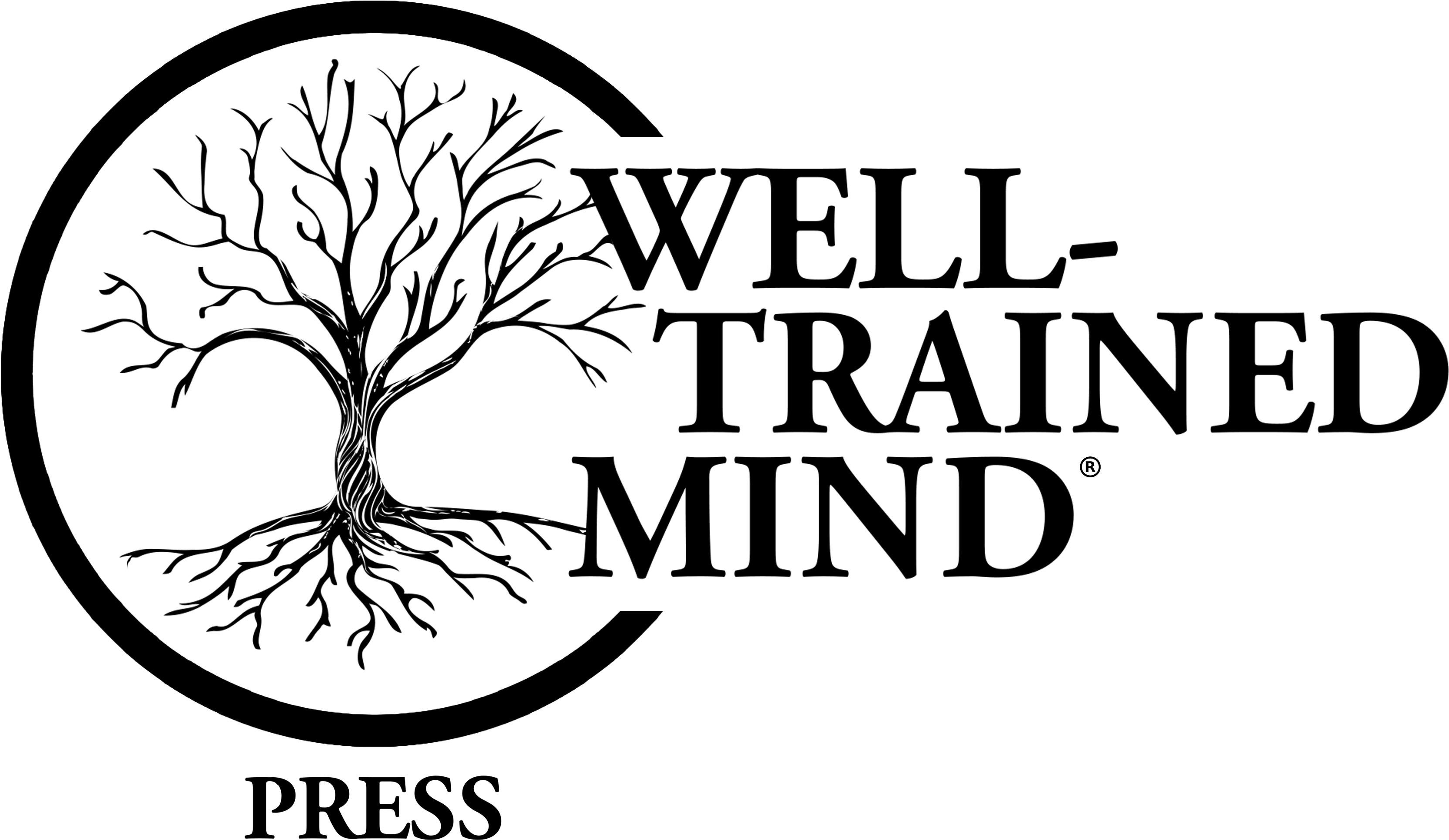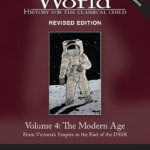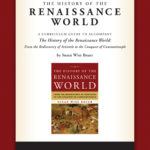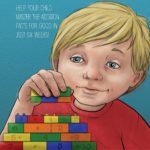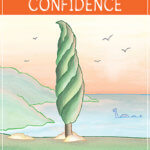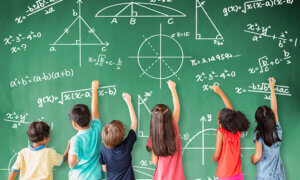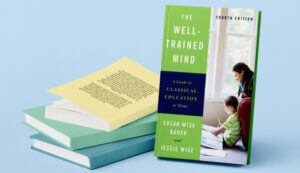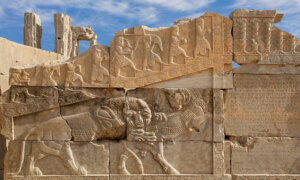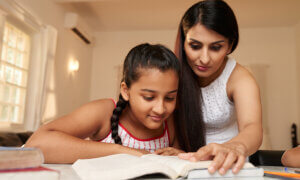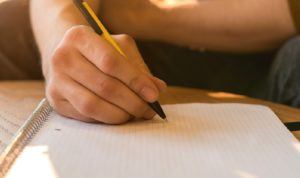
In ancient times, science wasn’t part of the classical curriculum—because human investigation of the natural world was in its infancy. But in the twenty-first century, the well-educated student needs to be scientifically literate. How does the study of science (biology, astronomy and earth science, chemistry, physics, and technology) fit into the classical curriculum?
In The Well-Trained Mind, we offer specific content (and detailed curricula) suggestions. But no matter which programs you choose, consider the following goals for each stage of the student’s education: grammar (elementary), logic (middle school), and rhetoric (high school). (For more about these stages and the overall pattern of classical education, see “What Is Classical Education?”)
As in other areas of the curriculum, the grammar-stage student should be gathering basic information. For science, this means exploring the world around us: learning about animal anatomy and behavior, the functions of the human body, the movements of the planets and the position of the stars, the ways in which atoms interact.
The Grammar Stage Student
Grammar-stage study has a larger goal, though. While grammar-stage students are gathering all of this information, you (the parent-teacher) should be cultivating two important attitudes: a sense of amazement and a commitment to look hard at the world around us.
The overall purpose of grammar-stage science study is not just to accumulate information, but to begin to develop a scientific viewpoint. The scientist doesn’t take natural operations for granted. She asks: Why do objects fall to the earth? The sun looks as though it moves from one horizon to the other, but what is it really doing?
One of the very first scientists, Aristotle, began his study of nature by asking: Why do things grow? Why does a seed turn into a tree? Why does a kitten grow into a cat? These questions became the catalyst for the first Western scientific writing—Aristotle’s History of Animals, a study that gave birth to the field of biology. Aristotle’s countrymen had also seen kittens grow into cats and seeds into trees, but they took this change for granted; it didn’t strike them as amazing, so they didn’t look hard at it. Aristotle was thinking like a scientist. He was amazed, and so he tried to find an explanation.
That’s the way young students should learn to think in the grammar stage. Clouds are amazing. Flowers and dolphins and chemical reactions and things that fall are amazing. Why do they behave the way they do?
So as you study, you’ll keep these purposes in mind. You’re not trying to teach your second grader everything that’s important about the earth and sky (that would be overwhelming). You’re learning basic information about our planet and about the universe, and then you’re using that information as a springboard to ask: Why? Look hard at the information. Question it. (And be amazed.)
The Logic Stage Student
Elementary students discover facts; middle-grade students will begin to grasp the scientific concepts that link those facts together. They’ll start to see patterns.
The focus in grades 5–8 should be on scientific concepts: not just how but why the world works as it does. And whenever possible, the logic-stage student should not just learn about concepts, but reinforce that knowledge with hands-on work: experiments, demonstrations, and projects.
Think of the concepts that you’ll teach in the middle grades as falling into three categories.
The first category: scientific principles. Scientific principles are statements (the student’s logic study should help him recognize these) about how the world works. Scientific principles hold true when they are demonstrated in the real world or tested through experimentation. Principles can simply express how something works: “Living organisms grow and reproduce through cell division.” (The student can watch cells dividing on YouTube: that’s a demonstration.) Or principles may be stated as laws: Newton’s Third Law of Motion, “For every action there is an equal and opposite reaction,” is a scientific law. (The middle-grade student can test this out by standing up in roller skates and throwing a ball—the action of throwing produces the reaction of rolling backward.)
The second category: scientific descriptions. When you describe a chemical reaction from beginning to end, outline the life cycle of a salmon, investigate the steps of a volcanic eruption, or read about the birth, life, and death of a star, you are making use of scientific description: a chronological narrative laying out a series of orderly steps that occur again, and again, and again. When you describe the rings of Saturn, the parts of a tuber plant, or the features of the Marianas Trench, you are also making use of scientific description.
The third category: scientific classifications. The periodic table, the taxonomic categories, the grouping of planets into types (metallic, rocky, gaseous, fluid), the categorization of stars as red giants, blue giants, red dwarfs, yellow dwarfs, brown dwarfs, binary stars—all of these are examples of scientific classification.
Paying attention to these three categories will help you give your logic-stage student a thorough grounding in the concepts of science and the patterns that bring order to our knowledge of the world.
The Rhetoric Stage Student
Finally, in the rhetoric stage, science is further distinguished by its demand that the student do science self-consciously—not simply learn about the world, but ask what the implications of each discovery might be. What does this theory say about my existence? What does that principle imply about human beings and their place in the universe? What are the implications for the human race? As a whole, then, rhetoric-stage science is taught in the context of the student’s broader study of ideas. The student isn’t merely learning abstract principles; she’s seeing how they fit into the Great Conversation she’s having with the great books of the classical curriculum.
This study falls naturally into three parts.
1. The study of principles. Using texts and experiment books, the student will learn the basic laws and principles of each scientific field.
2. Source readings. Each year, the student will also investigate the development of a given scientific field and will read from primary scientific sources—the reflections of contemporary scientists on the work being done in their own day. This gives historical perspective to the study of science and its ongoing debates.
3. Joining the Great Conversation. Each year, the science student will complete a project and/or write a paper illuminating the history and development of some new technology or knowledge. This paper should be centered around the field being studied. The biology student, for example, could write on the changing ideas about origins, investigate the problems of extinction or the rise of new diseases or the development of antibiotic-resistant pathogens. The astronomy student could write about the changing paradigms of the universe—the earth’s move from the center of the universe to its edge—and the effect this shift had on our view of ourselves. The chemistry student could research the development of various types of fuels and how they have changed the landscape of work and daily life. Physics students could choose any twentieth-century technology, from the splitting of the atom to the development of the Internet, and write about both its past history and its possible future.
For much more, including specific curricula suggestions and detailed recommendations for study in each stage, see The Well-Trained Mind: A Guide to Classical Education at Home.
Recommended Products
-
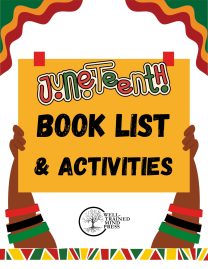
Juneteenth Booklist & Activities
0 out of 5$0.00 Add to cart -
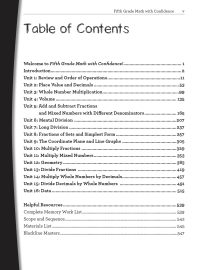
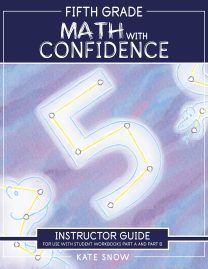
Fifth Grade Math with Confidence Instructor Guide
0 out of 5Starting at:$36.95Original price was: $36.95.$27.71Current price is: $27.71. Select options -
Sale!

Hansel & Gretel and Other Stories: Downloadable MP3
0 out of 5$12.95Original price was: $12.95.$8.42Current price is: $8.42. Add to cart -
Sale!
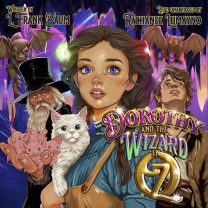
Dorothy and the Wizard in Oz: Downloadable MP3
0 out of 5$25.95Original price was: $25.95.$16.87Current price is: $16.87. Add to cart -
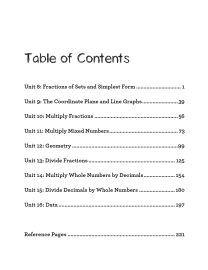 Sale!
Sale!
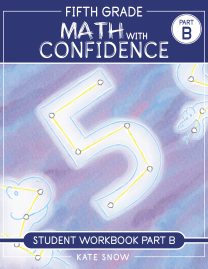
Fifth Grade Math with Confidence Student Workbook B
0 out of 5$16.46 – $21.56 Select options This product has multiple variants. The options may be chosen on the product page -
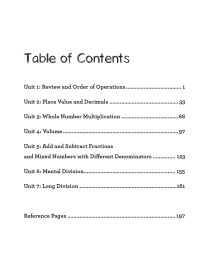 Sale!
Sale!
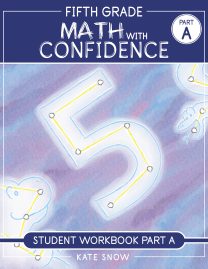
Fifth Grade Math with Confidence Student Workbook A
0 out of 5$16.46 – $21.56 Select options This product has multiple variants. The options may be chosen on the product page
ABOUT THE AUTHOR
Susan Wise Bauer
Join over 100,000 homeschooling families
For the latest offers, educational insights, products and more.
By joining you agree to our privacy policy.
